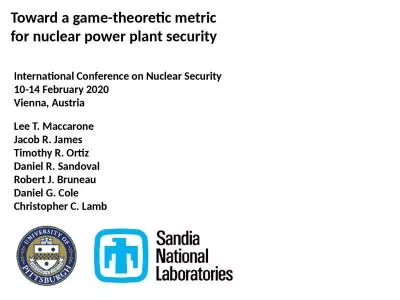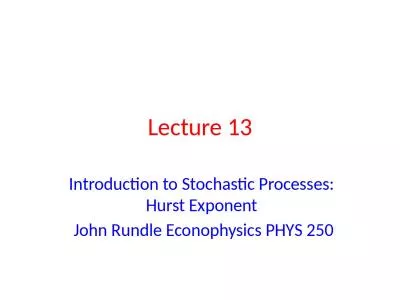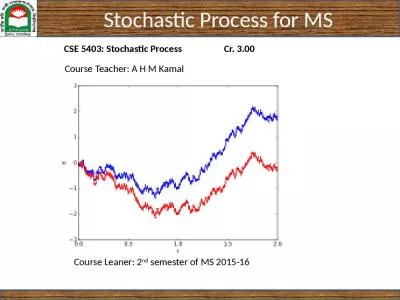PPT-The Modified Stochastic Game
Author : liane-varnes | Published Date : 2016-09-01
Eilon Solan Tel Aviv University Omri N Solan Tel Aviv University with Multiplayer Absorbing Games I a finite set of players A i a finite set of actions of
Presentation Embed Code
Download Presentation
Download Presentation The PPT/PDF document "The Modified Stochastic Game" is the property of its rightful owner. Permission is granted to download and print the materials on this website for personal, non-commercial use only, and to display it on your personal computer provided you do not modify the materials and that you retain all copyright notices contained in the materials. By downloading content from our website, you accept the terms of this agreement.
The Modified Stochastic Game: Transcript
Download Rules Of Document
"The Modified Stochastic Game"The content belongs to its owner. You may download and print it for personal use, without modification, and keep all copyright notices. By downloading, you agree to these terms.
Related Documents

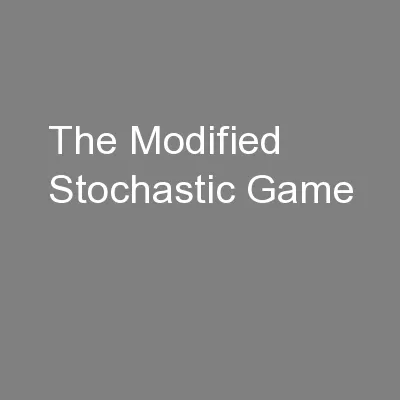
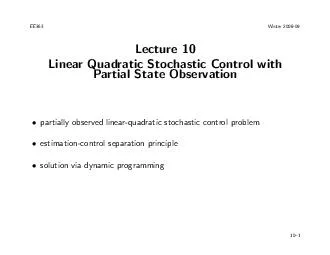
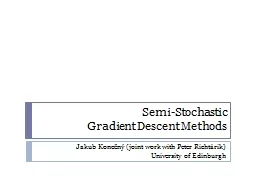
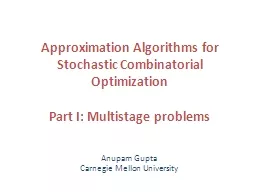
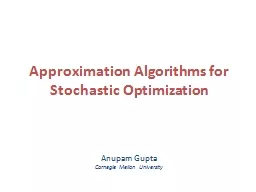
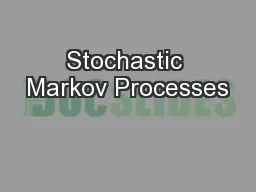
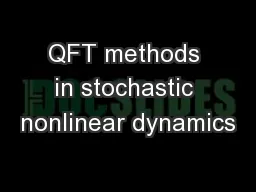


![[READING BOOK]-Game Development Planner: My Great Game Ideas - Video Game Design Book](https://thumbs.docslides.com/981136/reading-book-game-development-planner-my-great-game-ideas-video-game-design-book-for-game-developer-game-designer.jpg)
